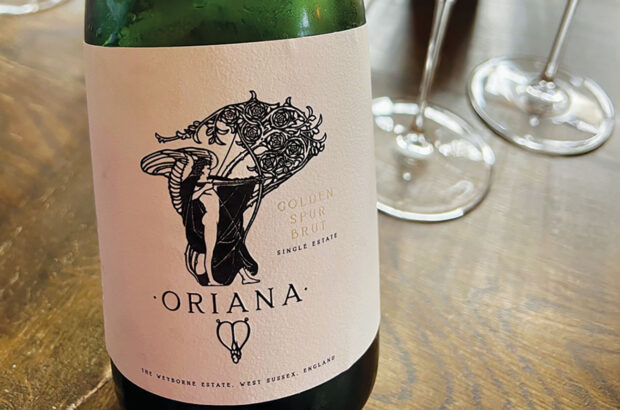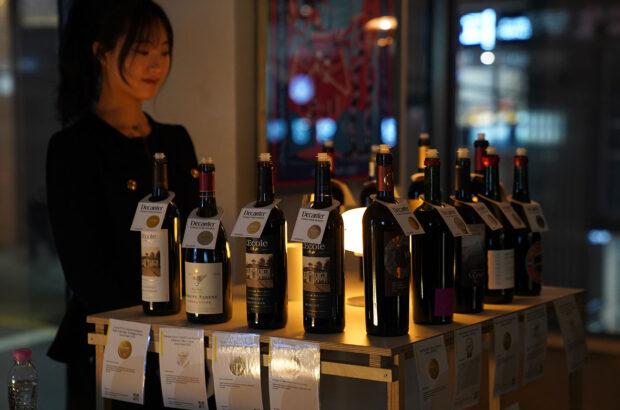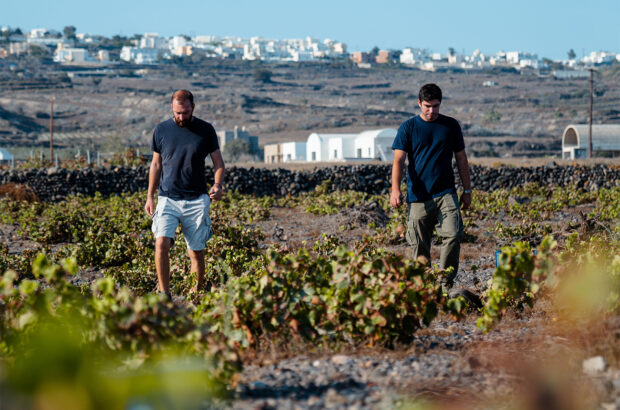A passionate freediver with over fifteen years experience, Panaïotis’ death during a training exercise in Rochefontaine, Belgium was reported by diving club Reims Palmes Apnée on Sunday. In a statement, Maison Ruinart remembered a ‘brilliant oenologist and a man of great warmth and attentiveness’, who ’embodied the spirit of Champagne with both elegance and humility worldwide’.
Panaïotis joined Ruinart as chef de cave in 2007 after 12 years in the winemaking team at Veuve Clicquot, before which he completed stints with the technical team at the CIVC (Champagne’s governing body) as well as in California. He quickly made a mark at Ruinart, honing the research the Maison was doing on cork tirage – or bottling long-ageing cuvées under cork rather than crown caps for the secondary fermentation – culminating in the first full bottling of a Dom Ruinart Blanc de Blancs under cork in 2010.
The resulting wine has widely been viewed as one of the most remarkable Champagne releases of the past decade; leading Champagne critic and author Essi Avellan MW wrote that Panaïotis ‘lifted this already superlative cuvée to the next level’, also reporting that he believed ‘the best Dom Ruinarts are still in the cellars’.
Panaïotis’ technical flair extended beyond the realms of the cellar, though. Visits to Ruinart would often delve into meticulous research on everything from vintage weather patterns to the effects of hedgerows and agroforestry on the grapes, soils and microclimate of Ruinart’s ‘laboratory’ vineyard in the village of Taissy. Ever the empiricist, Panaïotis was always clear-minded about his commitments: ‘We don’t do these things just to make better wine,’ he said during a visit to the estate in 2024. ‘We do it for the land of Champagne, and for the planet.’
His open-mindedness led to the development of Ruinart’s highly imaginative ‘Blanc Singulier’ which, in Panaïotis’ words, ‘tries to answer the question of what Blanc de Blancs might look like in the future’. Indeed it is Panaïotis’ mastery of Chardonnay, the grape of his grandparents’ village in Villers-Marmery on the Montagne de Reims, that many in the region will remember him for through his work on the ever-popular Ruinart Blanc de Blancs and Dom Ruinart cuvées.
‘Whatever the topic, he was inquisitive, open-minded, simple and modest despite his immense knowledge,’ said friend and fellow Chardonnay specialist Rodolphe Péters of Champagne Petérs in Le Mesnil-sur-Oger, remembering ‘a sincere friend who many of us are mourning today’.
Panaïotis straddled the worlds of cellar technician and spokesperson with a rare adeptness, and was ‘one of Champagne’s all-time best communicators’ according to Avellan. Julia Scavo, winner of the Ruinart Sommelier Challenge in 2018, remembered Panaïotis as a ‘luminary and a guide’ in her discovery of the region, a ‘storyteller and mentor, rendering his work and research transparent to the mentees he shaped’.
‘Fred was brilliant, obviously,’ said Christian Holthausen of Westbrook Marketing Partners, who worked with Panaïotis at Veuve Clicquot before commencing a long personal and professional friendship. ‘He would organise these private tastings where some of the very best winemakers in Champagne would come to taste wines from other parts of the world. I was very lucky to be included, and I am not even a winemaker! Fred just wanted us to learn, and to be open to the outside world. That is rare in Champagne.’
Péters echoed the sentiment. ‘He combined the widest possible wine culture with a great analytical finesse’, paying tribute to ‘a great teacher and a marvellous standard bearer’ for Ruinart and Champagne as a whole.
‘But Fred was much more than that,’ Péters recalled. ‘Above all, he was a free soul.’







